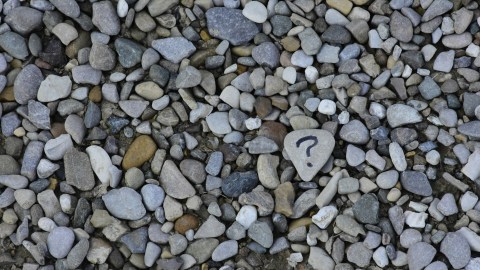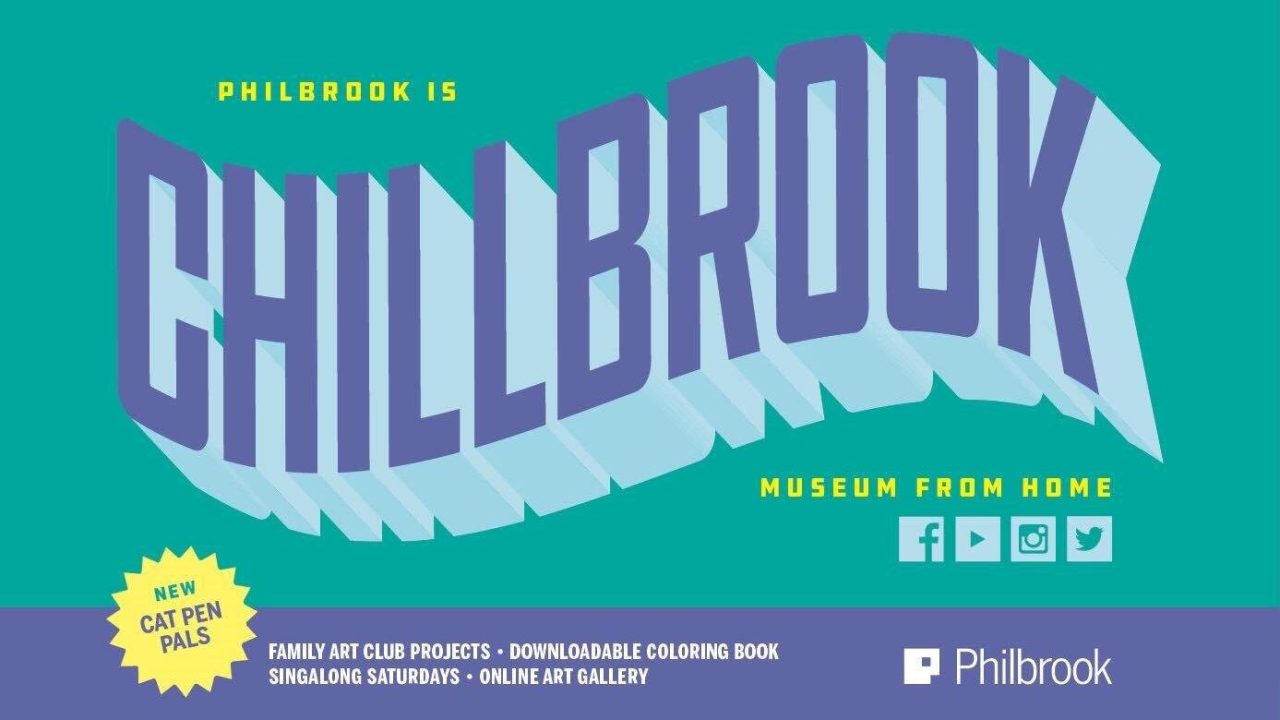
Support Free COVID-19 Resources for the Field
The current crisis is taking a distressing financial toll on cultural organizations, and AAM is no different. The Alliance Blog is supported by membership dues and donations. In these challenging times, we ask that if you can, consider making a donation or becoming a member of AAM. Thank you for your much-needed support!
Most of the stories in the major news outlets about museums coping with COVID focus on major cities—Seattle, Los Angeles, San Francisco, Chicago, New York City. But this pandemic has traumatized the public, paused commerce and shuttered museums in all communities—large and small, urban and rural. Today on the blog, Scott Stulen, CEO and President of Philbrook Museum of Art, tells us how he and his staff are sustaining the people of Tulsa, Oklahoma, and building the foundation of their own recovery.
–Elizabeth Merritt, VP Strategic Foresight and Founding Director, Center for the Future of Museums
“The museum we closed will not be the museum we reopen.”
Those words are being spoken in nearly every museum across the country as we collectively come to terms with the depth of devastation caused by the COVID-19 pandemic. Philbrook Museum of Art is located in Tulsa, Oklahoma, removed from epicenters of the virus, but still deeply impacted. Like most museums we have made the hard decisions to furlough staff, slash budgets, cancel programs and completely rethink our work.
When faced with a tremendous, unprecedented challenge such as the pandemic, it would be understandable to retreat inward, conserve resources and focus on survival. Instead, Philbrook is looking outward to help our community and give back and continue our mission to bring people together, even if at a distance.
This kind of response starts with a nimble, resilient and talented team working from a foundation built well before this crisis, which enabled our staff to spring into action almost immediately. On March 13th, a cross-departmental group assembled. We had just cancelled the opening to our new exhibition that evening and met to actively respond to the expected (and unexpected) challenges ahead. This group quickly mobilized the entire staff, guided by the priorities to ensure the safety of staff and the public while stabilizing the museum financially. There was also a realization that our mission to connect the community to art and gardens was not on pause, it was just moving to new platforms.
Together we created a framework for response under the #PhiltheGaps umbrella. This includes four key initiatives:
- Contributing 10 percent of all membership dollars to the Tulsa Area COVID-19 Response Fund organized by the Tulsa Area United Way and Tulsa Community Foundation.
- Seeding a large “Victory Garden” whose produce we’ll donate in partnership with area food banks.
- Launching an emergency response online marketplace to help local artists sell their work and keep 100 percent of the proceeds.
- Producing a content surge that includes artist interviews, podcasts, live performances, and more on our social media pages.
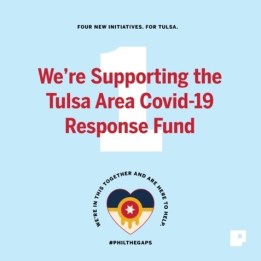
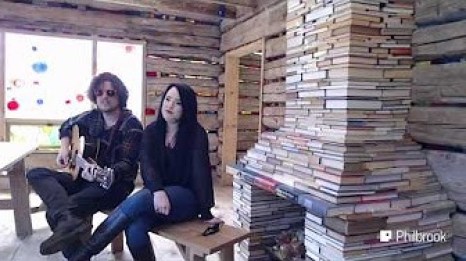
For content we began by changing our name to Chillbrook on our social platforms and embracing the #MuseumFromHome hashtag. We have a robust and sometimes irreverent “brand” on social media and deep trust in our staff. This allows for quick and clever actions such as swapping Instagram accounts with other museums, hosting horticulture-led gardening lessons, how-to videos with our prep crew, in-home curator tours, children’s singalongs led by Hot Toast Music, a “Cabin Fever” livestreamed concert series with local singer-songwriters performing in our Karl Unnasch-designed stained-glass log-cabin.
We are engaging local restaurants and bars to take over our platform for virtual happy hours and Sunday night family dinners. We’re hosting Netflix watch parties around episodesof Bob Ross’s iconic t.v. show The Joy of Painting, with live commentary by our curators and artists. Regular “Chillbrook DJ” sessions take our followers into the homes of staff members and their record collectioTns. We are hosting a porch-side art car parade with local partners. During peak spring blooms we placed cameras in the gardens to show the flowers growing and sold bouquets curbside before restrictions were tightened.
We leveraged our award-winning Museum Confidential podcast by hosting serious conversations and entertaining diversions such as author Bridget Quinn speaking about influential women in art history and Oklahoma City Mayor David Holt reflecting on the 25th anniversary of the OKC bombing. To contain and archive all of this new content we created a YouTube channel and are building in opportunities to monetize that content in the future.
To keep staff connected we added a Slack channel, #quarantinecuisine, where they post recipes and reviews of what they’re cooking (and eating). A cookbook may emerge in the future.
And then there are the beloved Philbrook garden cats. With the need for connection in this time of social distancing we started a pen-pal program where fans write letters to Cleo and Perilla and get letters back. Hundreds of letters are pouring in from throughout the world and we are employing staff to write responses back to each one.
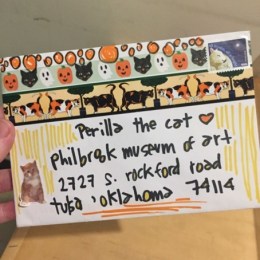
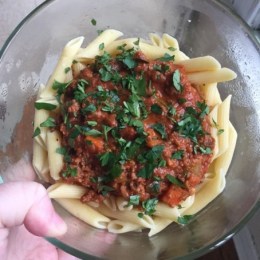

While these programs are not going to solve all of the serious challenges ahead, they are keeping us connected, renewing memberships, and giving real support to the community in the form of dollars, food and comfort. It may seem small in the bigger context, but it’s keeping us going in a positive direction and is creating a new way of thinking and operating that will remain as the pandemic recedes.
We face the most perilous financial challenge in a lifetime, the depth of which is still unknown. At Philbrook we are seeing membership renewals, particularly at the higher levels, but expect a decline in general membership for the next few years. Donors are stepping up to confirm their commitments and, in some cases, increase the level. But, most are waiting until the crisis and economic rebound becomes more clear. Foundations are offering emergency grants of various levels for general operating support and lifted restrictions of prior grants. Philbrook was fortunate to get a PPP loan in the first round which provides a partial bridge and is allowing some staff to return from furlough.
But as the crisis lingers, these temporary patches will not be enough to remain at the operating level prior to the pandemic. Due to the uncertainty of when we can host large gatherings again, our major Wine Experience fundraiser will be pushed into 2021 and we projecting a significant drop in our FY21 contributions, how far is still a question. Earned income through ticketing and programming will be slow when it returns. And these projections are based on no resurgence of the virus and audiences returning by late summer.
The next few years are going to be very hard, unlike anything we have faced as communities and institutions. We will be smaller, but more resilient, nimble and community aligned. We will look closer to home for content, supporting artists in our backyard. We will focus on being safe, welcoming, and inclusive of all. Every aspect of our museum will be rethought and reshaped, including how we measure success. We will reopen, and when we do, we will be different. And that doesn’t have to be a bad thing.
Scott Stulen is the CEO and President of Philbrook Museum of Art, artist, backyard baseball player, living room DJ and dad of two boys running through the background of my zoom meetings and grateful husband.







